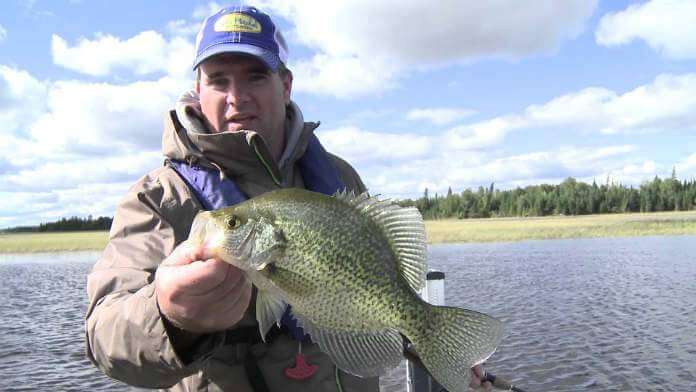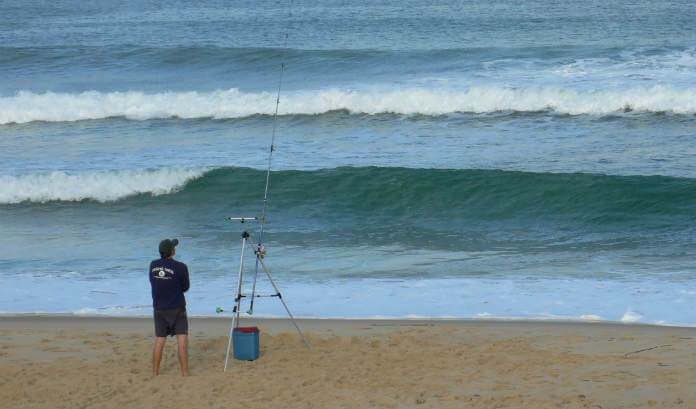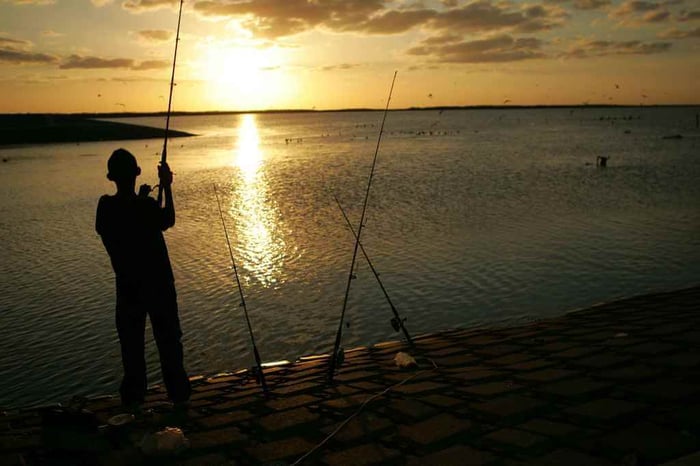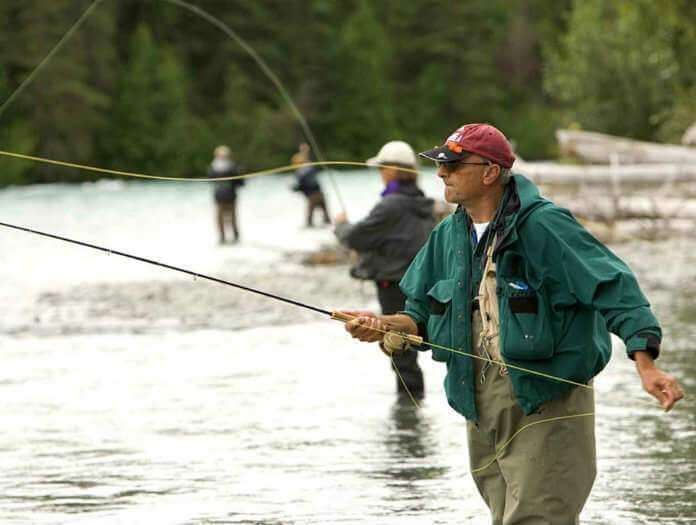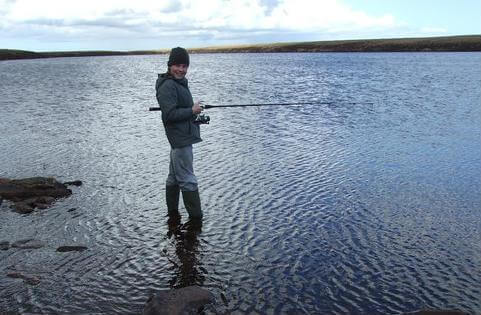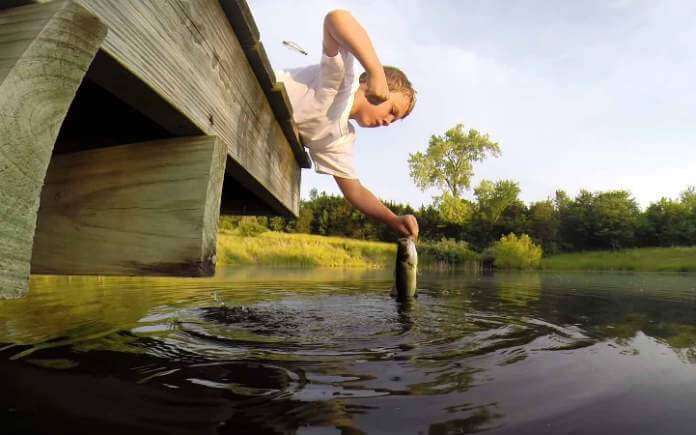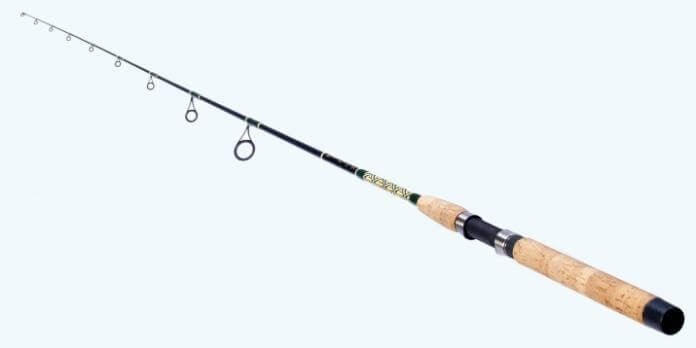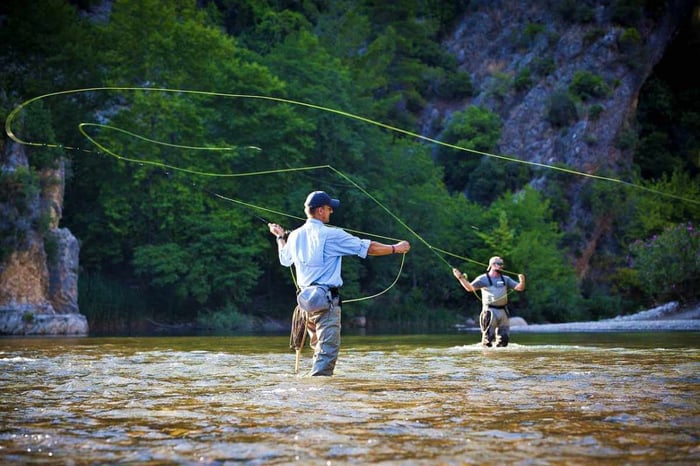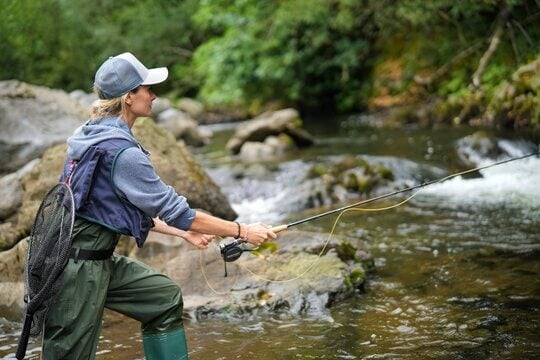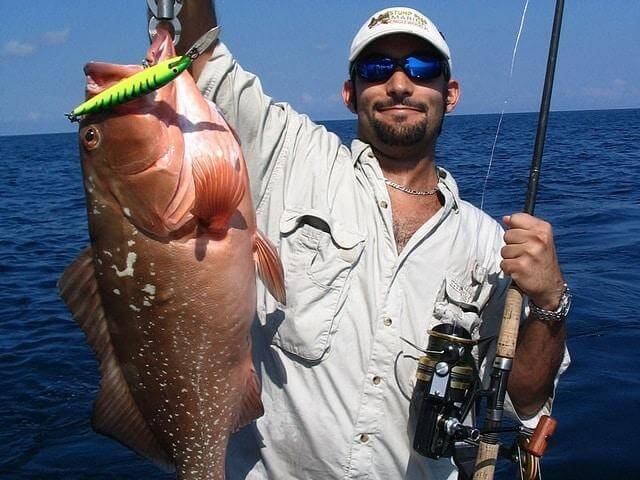Many people enjoy fishing because it’s fun, exciting, and relaxing. You love fishing not only for a sport but because you get that comfort and that pillow-like experience of smoothness and relief. In fishing, you can have the time alone to spend meditation, soul searching, or clearing your mind and unwinding.
What if there’s a way that you can do both fly and fish? That will be one of the world's most incredible and extraordinary experiences. So, is it possible? Well, yes, it is!
Indulge to Fly
Fly fishing is one of the outdoor sports you can do aside from the usual and ordinary outdoor activities such as jogging around the city park and biking. The latter activities are a bit stressful due to the noise of vehicles roaming around, and you can’t help but get tired, not just because of the sweat and the energy you lose as you exercise but of the atmosphere that you always see are the same view when you get your jog-routine. Also, the air you breathe may not be as fresh as in Montana's beautiful and dashing rivers or at the prestigious lakes and mountains in Alaska.
Contents
Some outdoor activities may also require you to be in a group, like a game of soccer and basketball. Though it’s fun to be around people and tie the knot for new friendships, sometimes you need to have that time alone. If you’re used to camping, mountain climbing, hiking, and canoeing, and you’re bored with these activities already, discover a great way to start something new and connect yourself with nature.
Believe You Can Fly!
Anyone can do fishing, and you must also believe in yourself to fly fishing too! Fly fishing offers a great blithesome experience of solitude. You won’t fly doing fly fishing, but you’ll have that heaven-bound stellar experience that when you’re at it, you’ll soar high above cloud nine!
Although this type of fishing follows the basics and principles, it is not simple because fly fishing requires skills and practice. And your basic fishing knowledge may help you but may not be enough to get you to fly fish effectively.
Pilot Your Way to Success
Indeed, fly fishing is not as easy as counting one, two, and three. But if you’re eager to learn and know more about it, you can count on that you’ll be guaranteed success and a lot of fish to catch! There may be a lot of things going through your mind on how to start fly fishing.
So, to get you started, here are five essential tools in your starter pack.
Fly Rod
How do you choose a rod best suited for fly fishing? You don’t want to pick a rod that you see being displayed on the shelves of your local tackle shop when you visit them. There’s a difference between a general or traditional rod you usually see in tackle shops and a fly rod. Aside from the length on which fly rods and longer, the basis for choosing makes the difference between the two. That is why it is essential to specifically ask your trusted tackle seller or manager for a fly rod when you plan to fly fishing.
Fly rods are designed to bend in a specific way to put the fly chosen and land it on the place where you want it to be. The bending generates energy and makes your fly rod loaded, as fly anglers call it. It also allows you to play a fish without breaking your leader.
There are two other basic things that you also need to know about fly rods. One, fly rods need to come to a very abrupt stop. This is important as this will transfer the energy from the rod into the line getting that line to roll out. The second thing you need to get the fly rod to do is to get its tip to move in the straightest line.
Many say that ‘Once an Angler, Always an Angler!’ So, you don’t want to forget the basics you know to dig into that honey and successfully catch in big. You must always have a clear view of what you want to fish, its size, where you want to fish, and when you should fish.
Unlike any other fishing, choosing the best fly rod depends on the line size. The line provides the weight to get the fly to where you want it to strike, not the lure itself. The fly line makes the rod bend properly, which allows you to throw your fly. Fly lines also determine your casting distance or how far you can cast.
The best fly rod won’t also cost you a lot of bucks! You can find a good fly rod that can perform excellent casting distance for starters, has good quality material, is durable, and is vital for $200. The Fly rod’s line weight usually ranges from 0 to 14. Weights from 0 to 3 are used for small trout and panfish species. These rods come in shorter lengths and are suitable for close-quarters type, small stream, and brush-type rivers.
Middle line weights (4-7) apply to almost any fish species. It is an overall weight that can also be used in different fishing locations. Longer rod weights of 8 to 10 are best used in large and heavier fish species, while 11 to 14 fly rod line weights are best used on brutes like Swordfish and Tarpan in saltwater. So, don’t get yourself fooled. A good start will be picking up a 9 ft in length and a 4 ft or 5 ft fly line.
Are you looking for a bigger species of Trout, Largemouth, and Smallmouth Bass, or maybe a Pike? Here is a guide on which fly rod size to use and where to look for hot spots to catch these species.
Largemouth Bass are often found in slower, weedier, deeper sections of rivers, floating logs, roots, fallen trees, and weed beds. An 8ft fly rod is best used to get this bass out of the water. On the other hand, Smallmouth Bass can tolerate faster-moving waters, and currents and likes to hang out behind and in front of boulders, rocks, rock ledges, and banks. Like the Largemouth, they also find it attractive to cover around fallen trees and logs. A 6ft to 7ft fly rod is best for these goodies.
However, you find Pike and Muskies to be more interesting. These brutes are known to be rude, aggressive predators called the “sharks” of freshwater. They have a lightning-fast strike and are known for their explosive fighting abilities, which make them a prevalent sports fish in the waters of Canada, Europe, and the United States.
They’re the biggest and one of the most exciting and challenging fish to chase because they’re tough to tame. They are found on shallow bays, lakes, rivers during spring, and large flats adjacent to deep waters. They are tougher to locate during summer and fall as they tend to move towards deeper water. You can also look for ambush points like weed beds and definable points and breaks where you can use an 8 to 10 wt fly rod, although you can also use a nine wt fly rod which is most popular used by Pike anglers.

Fly Reel
Although this is not of primary importance once you level up your skills in fly fishing, you would want to take advantage of the reel’s drag system, especially in targeting large fish species and if you’re going to fish on saltwater. At the moment, choose a reel that will match your fly rod's weight, a reel with good balance, and you won’t go wrong.
Fly Line and Backing
As said, the fly line is one of the most important things that you should have when you begin fly fishing. Remember, fly lines cast the fly: the line's weight corresponds to the rod's weight. It is essential because it plays a role in the rod size you want. There are different fly lines that you can buy out there. The two common types are floating and sinking lines. But for you, a weight forward line would be the best to use as these are easy to learn and easier to use.
Purchase a new fly line at the beginning of the early fishing season. Before using or beginning, stretch it out and smooth your fly line and leader by removing the memory coils. One way to keep it for a long time is to clean your lines frequently, especially after using it. A five-minute clean-up is worth your time and will prevent you from buying new lines with extra cash.
The problem with running out of line? You don’t have to worry, and keep the fight up! Get yourself a backing. A backing becomes handy when you’re at a fish fight, and your line is almost out. Backing gives you additional yards of line, around 200 yards or more. Moreover, fly lines don’t allow a layer to go below, which causes the line to get caught with the hand spool. With backing, you won’t have tangle issues.
Get a Leader
The first person to unite a team is the leader. The same is true for fly fishing, and you’ll need one! So, a leader is what’s between the end of a fly line and a fly. This is what connects the two. It is made from a regular monofilament line tapered to present the fly properly. It allows you to straighten your line and enables you to cast effectively. One tip in using your leader is to straighten it by pulling several lines through your fingers.
You want to have that edge among a group of fly fishing beginners. All you have to do is practice your knot! One of the easiest knots to use is the clinch knot. And awesome anglers like you may already be experts in this field. Here’s a new skill to try, learn and practice the surgeon’s knot.
So how to do the surgeon’s knot? First, get your tippet and leader. Then tie the tippet to the end of your leader. Next is to use a triple overhaul, which means you must pass both ends of the leader through the loop three times. Simple and easy!
Dance and Fly
You want well-assorted flies right inside your pack. You can choose different fly patterns, such as dry flies, nymphs, and streamers. They are usually made from feathers, fur, and synthetics. A fly is essential because this is what attracts the fish. It attracts the fish and fools it into taking a bite and getting hooked.
If you desire a bass or any fish species and want to get their attention, you better make your fly pattern look like something alive. You can explore what species of insects, frogs, and other forages are thriving around the area and at what time and season they are prolific to help you get an idea of what fly flies and how to imitate them. Using the fly is pretty simple. The key to getting your bass is to dance.
Soar High!
Fly fishing is the venue for solitude that requires skills, tons of practice, and a whole lot of patience. One of the things that you’ll enjoy about it is the art of casting. Casting for a beginner will be one of the challenges you will go through. And allotting time for practice is the key to surviving fly fishing. As you practice, you’ll get to feel more relaxed and develop the feel of when to release the line, and you’ll increase your casting efficiency.
Another thing that can get you on the lead is making a splash and feeling the water. You want to do this for fun and to take note of the water temperature. When the temperature is too hot or too cold, it will be tough for you to find or even catch one fish. It will give you a sign of your lucky day to go fishing or if it’s better to go home and spend more time practicing or preparing your fly gear for the next outing.
Fly like a Boss!
You don’t need a lot of tools to gear you up and start fly fishing. You only need five things, and keep it simple. Fly fishing is a worthwhile and ineffable experience. An outfit is never necessary because you can get wet, wild, and crazy while enjoying the prestigious landscape and fresh air. It will make you nuts and will ultimately take you to the sky!


